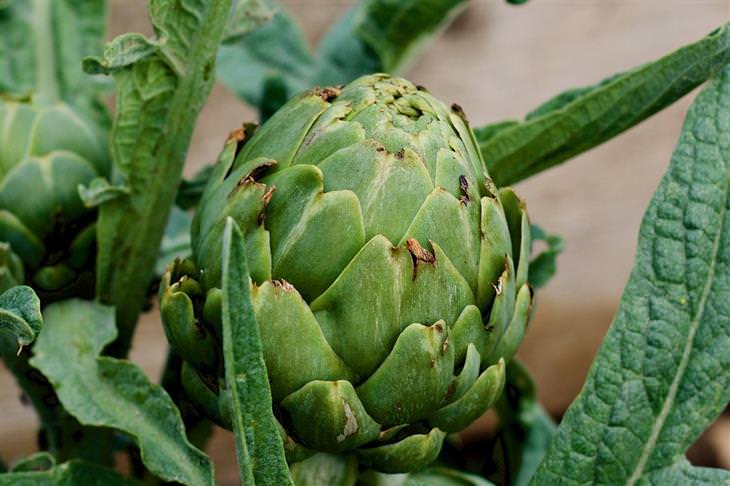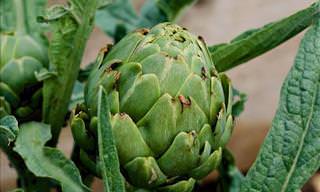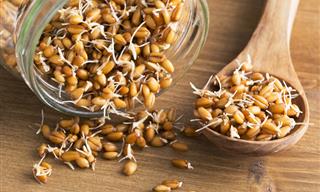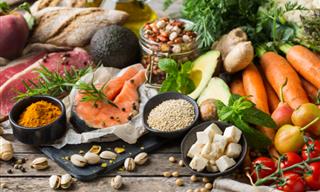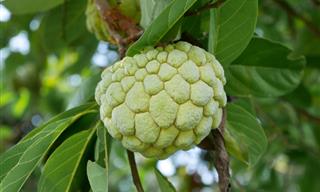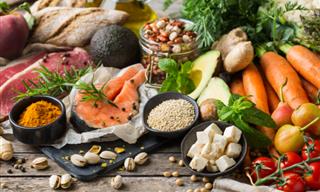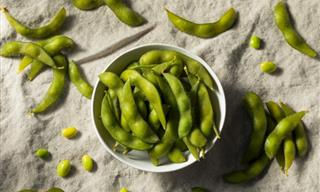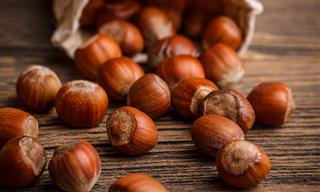Some people go through a lifetime without ever tasting artichoke, but by doing so they deprive themselves of the many important health benefits attributed to them. Although artichoke hearts are the main part that we consume, it is recommended that you also start to eat the leaves, which contain most of the important nutrients in the vegetable, including a huge amount of antioxidants.
Eating artichoke has many health benefits, and in the next article you’ll get to know 7 of them that will make you want to add it to your menu regularly, and at the end you’ll also find how to choose and prepare the artichokes, including the leaves if you didn’t already know how to.
1. Protects against cancer
Artichokes have antioxidants and phytonutrients, such as quercetin, rutin, cysteine, and gallic acid, and are therefore included on ORAC – a list of the most antioxidant-rich foods. One of the major advantages of this ability is the prevention of many different types of cancer, especially breast cancer, due to the fact that cancer cells develop, among other things, because of a high amount of free radicals in the body.
2. Fights cardiovascular disease
Artichoke consumption is associated with a reduction in the amount of bad cholesterol in the blood, and it also prevents inflammation and improves blood flow in general. High cholesterol and inflammation increase the risk of heart disease, but the potent cysteine in artichoke is one of the best substances in nature to lower cholesterol levels. For this purpose, it is better to consume artichoke leaves over artichoke hearts.
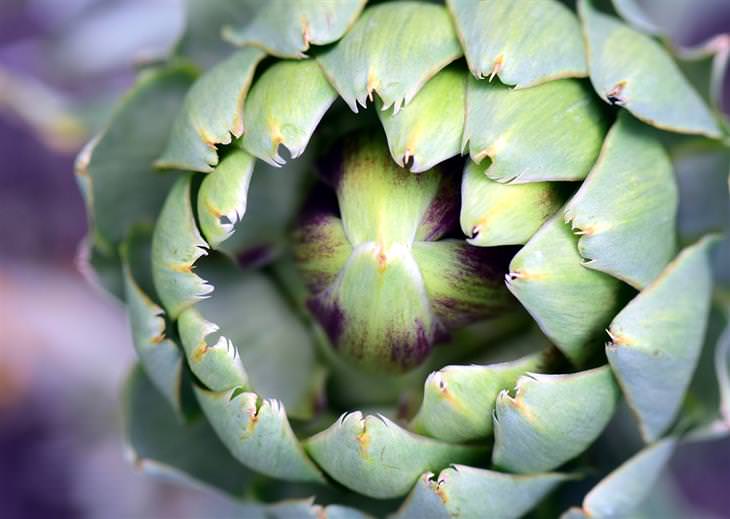
3. Improves digestion processes
Artichoke consumption helps reduce symptoms of gastric problems, so artichoke is included in the GAPS diet, which is designed for various stomach diseases. The cysteine in artichoke helps to increase the production of gastric juices, a process that occurs in the liver, which helps the stomach absorb the food we consume more efficiently. In general, eating artichokes helps prevent irritable bowel syndrome, constipation, diarrhea, and swelling.
4. Helps in weight loss
Artichokes have a very high amount of fiber, which helps food pass smoothly through the intestines and helps remove waste from the body, which includes excess sugar and toxins. In addition, fiber consumption makes us feel more satisfied after a meal, and many studies have shown that soluble fiber intake, such as those found in artichokes, helps prevent the storage of abdominal fat, which is considered to be extremely dangerous.
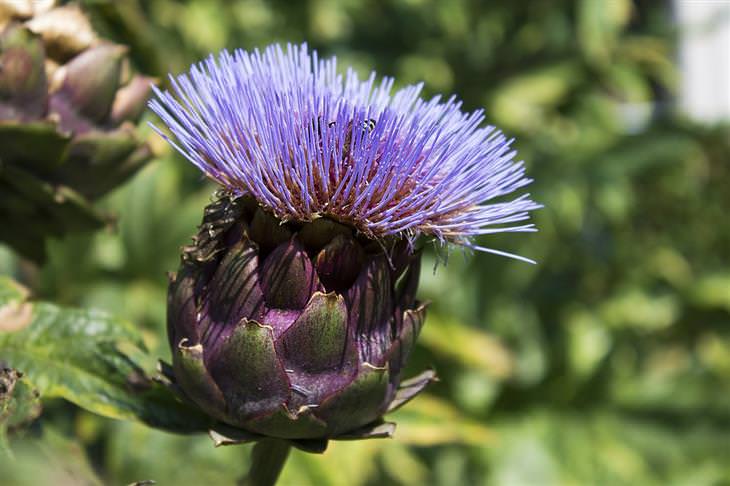
5. Improves cognitive functioning
The artichoke contains about 12% of the recommended amount of vitamin K per day, and this vitamin may be especially important for preventing nerve damage caused by the aging process, according to a study published in the English journal Hypatheose. Eating artichokes can help prevent dementia and Alzheimer's disease, which increases the risk of aging.
6. Prevents anemia
Vitamin K in artichoke is important for increasing the amount of iron in the blood, and because most of the iron in our body we consume from animals, if you maintain a vegetarian or vegan diet, the artichoke is one of the foods that you must put into your regular menu. Low levels of iron lead to anemia, and in this condition the blood fails to deliver enough oxygen to all parts of the body, leading to fatigue, a weakened immune system, and stomach problems. For women, artichoke intake is generally recommended, as iron deficiency is a more common problem for them, especially before menopause.
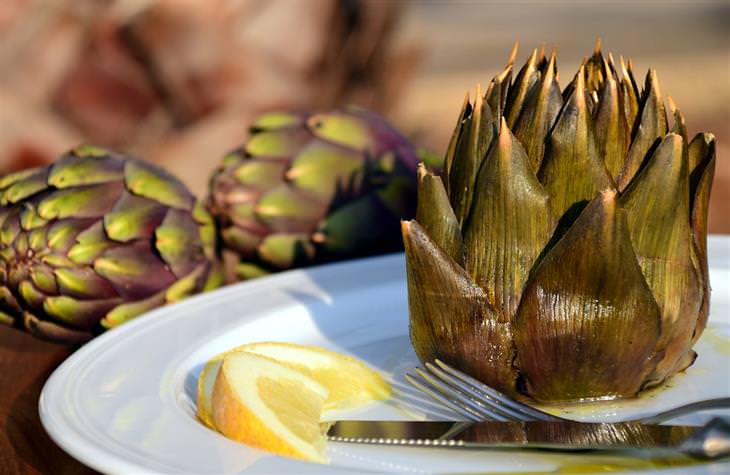
7. Strengthens bones
Another important role of vitamin K is the production of bone tissue, and because artichoke also contains vitamin C, it helps to inject collagen into the body which also helps this process. Along with these vitamins, magnesium and potassium in artichokes also play a role in building the bones, so eating artichokes regularly helps keep bones stronger and healthier.
How to choose and prepare artichokes
When you buy artichokes, make sure they’re green and don’t look dry. The most obvious sign of fresh artichoke is closed leaves, which indicate that they are also soft to eat - press them a little and if you hear a "crunching" sound you’ll know for sure that the artichoke is fresh. To eat it, rinse it first with cold water and clean it thoroughly with a brush. Cut about 2.5 cm from the top and the stem, then separate the leaves from the center of the vegetable, and sprinkle a little lemon juice between them to prevent them from browning during cooking. You can steam, cook or bake the artichokes:
Steaming: Place the artichoke face up on a steamer and leave it there for 30 minutes once the water is boiling, or more depending on the size of the artichoke. You can add garlic cloves to enhance its taste, and you should know that steaming is the best cooking method as it allows the artichoke to keep its nutrients.
Cooking: Put the artichoke in a pot with boiling water and cook it for 30 minutes in simmering water.
Baking: Sprinkle a favorite spice over the leaves and pour some olive oil. Wrap the artichoke in two layers of aluminum foil and place it on a baking pan. Bake at 220 degrees for about an hour, and be careful not to bake it too little or too long - when done properly, the artichoke will have a creamy texture and won’t fall apart. Keep in mind that the larger the artichoke, the longer the baking time. The time mentioned here is for medium sized artichokes.
Related Articles:
Here Are 8 Reasons You Need to Start Eating More Leeks
5 Delicious and Healthy Recipes you Can Make with Beets
Further Proof That Broccoli Is So Good For You
 Go to BabaMail
Go to BabaMail


